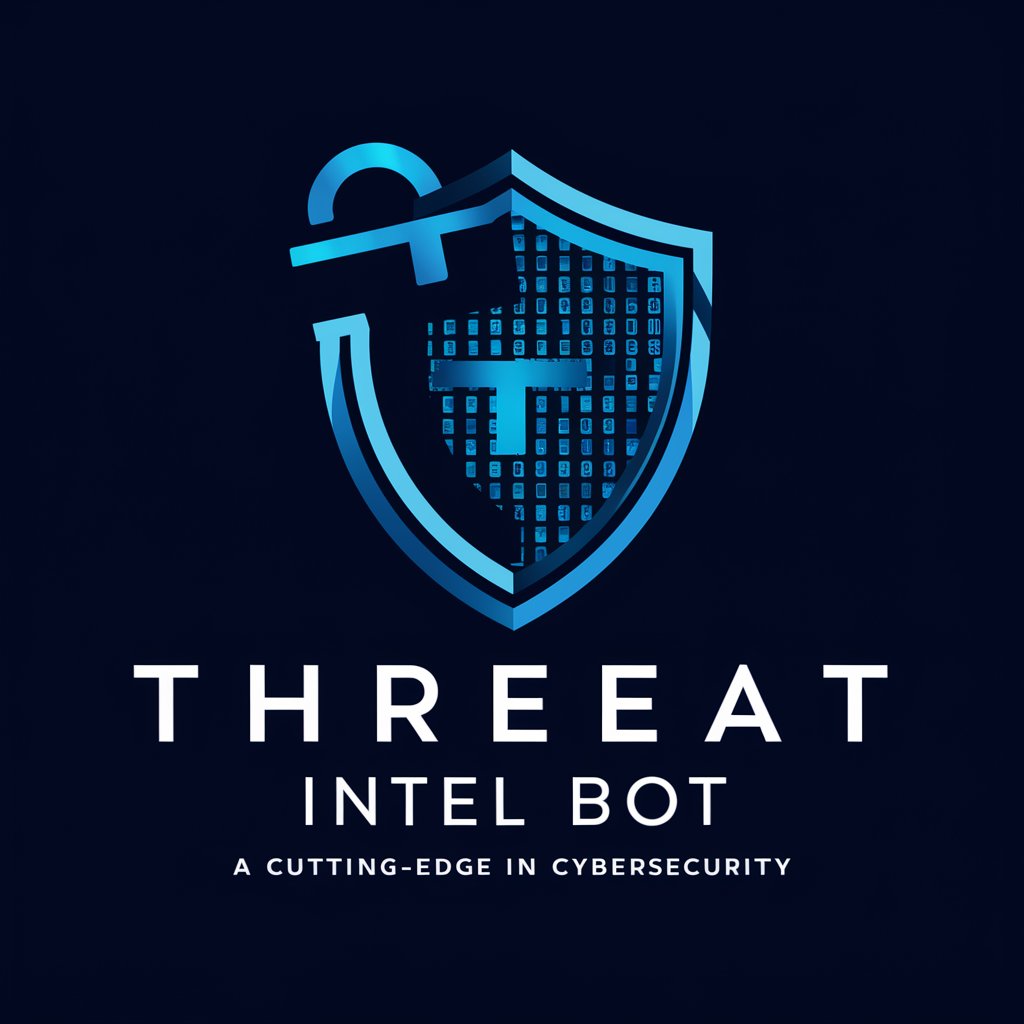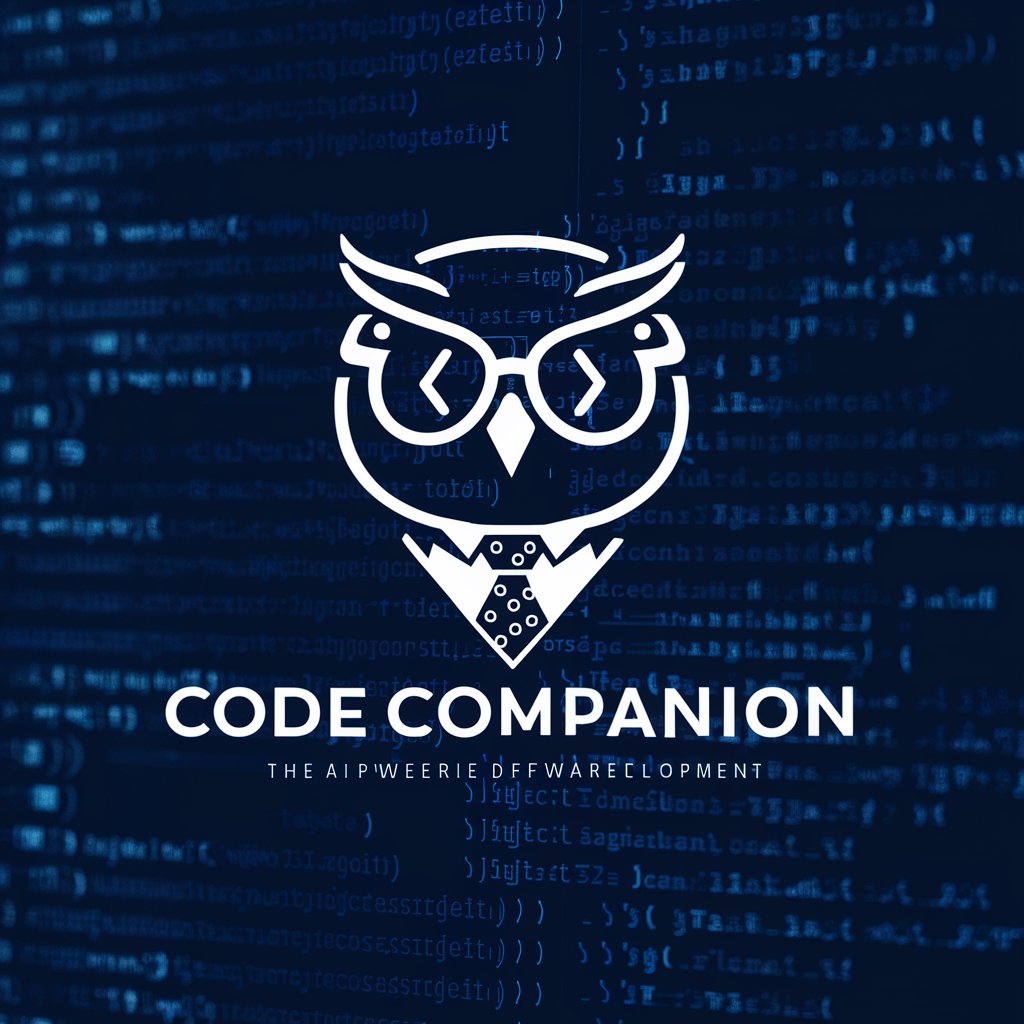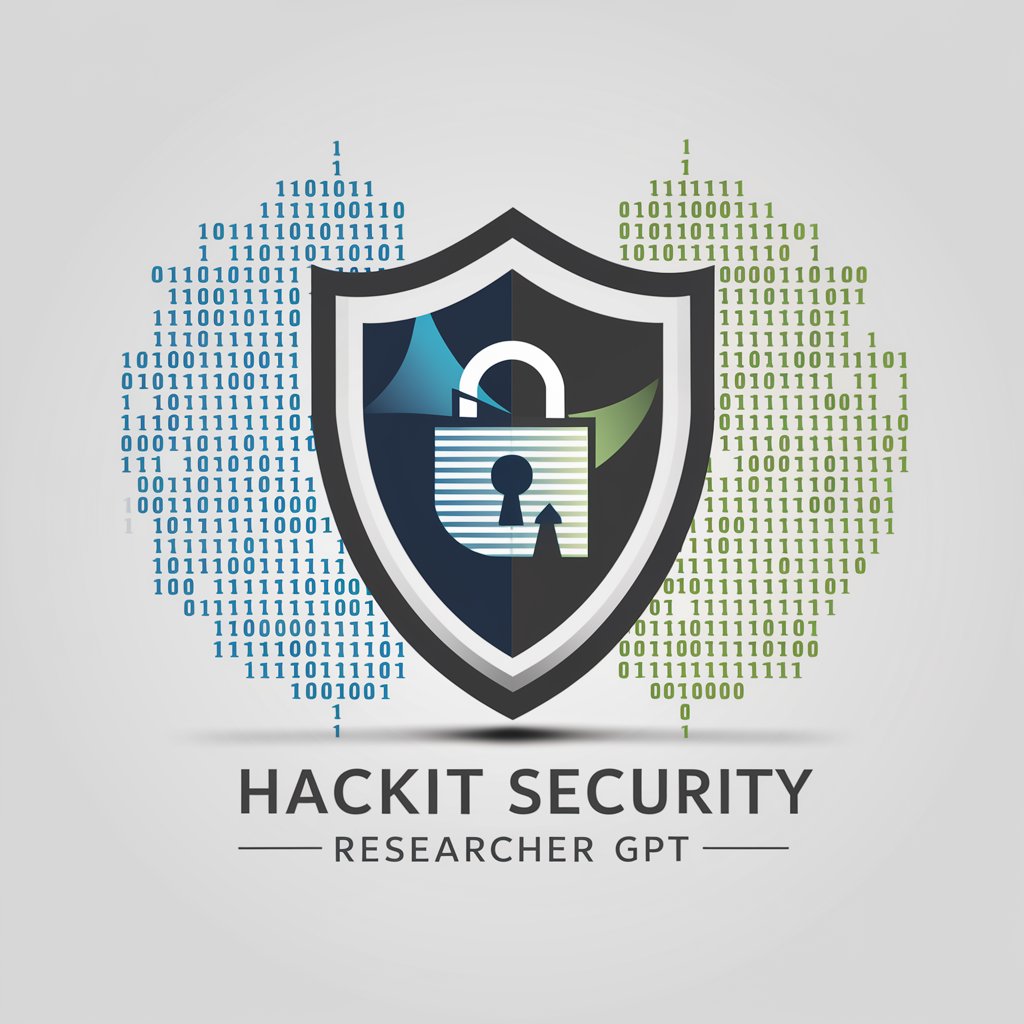
CyberSecurity Researcher - AI-Powered Cybersecurity Tool

Welcome to Threat Intel Bot, your source for the latest in cybersecurity threat intelligence.
Empowering Cybersecurity with AI Insight
What are the latest techniques used by APT groups according to recent reports?
Can you provide details on the most recent APT attacks targeting financial institutions?
Analyze this report and identify the APT techniques mentioned.
What are the new MITRE ATT&CK techniques observed in recent cyber threats?
Get Embed Code
Overview of a Cybersecurity Researcher
A Cybersecurity Researcher is a professional who specializes in understanding and combating cyber threats. This role involves a deep analysis of how cyber attacks happen, the methods used by hackers, and potential vulnerabilities in software, hardware, and network systems. Cybersecurity Researchers stay abreast of the latest trends in cyber threats and continually update their knowledge on advanced cyber attack techniques. They also develop new tools and strategies to prevent, detect, and mitigate cyber threats. A key aspect of this role includes conducting simulated attacks (penetration testing) to identify weaknesses in systems, researching malware and its effects, and exploring encryption and decryption techniques. For instance, they might analyze a ransomware attack to understand its mechanism and develop countermeasures to prevent similar attacks in the future. Powered by ChatGPT-4o。

Key Functions of a Cybersecurity Researcher
Vulnerability Assessment
Example
Analyzing software to find potential security weaknesses
Scenario
A Cybersecurity Researcher tests a new financial application to identify and patch vulnerabilities before malicious actors can exploit them.
Threat Intelligence
Example
Studying emerging cyber threats and developing strategies to counteract them
Scenario
A researcher investigates a new type of phishing attack targeting corporate emails and develops guidelines for employees to identify and avoid such threats.
Penetration Testing
Example
Simulating cyber attacks to test the effectiveness of security measures
Scenario
Conducting authorized simulated attacks on a company's network to assess the robustness of its security protocols.
Malware Analysis
Example
Dissecting malicious software to understand its behavior and origins
Scenario
Analyzing a newly discovered ransomware to determine its source and how it infiltrates systems, thereby aiding in the creation of effective antivirus solutions.
Research and Development
Example
Creating new cybersecurity tools and techniques
Scenario
Developing advanced algorithms for intrusion detection systems that use artificial intelligence to predict and prevent cyber attacks.
Ideal Users of Cybersecurity Researcher Services
Corporations and Businesses
These entities rely heavily on cybersecurity researchers to safeguard their digital assets, protect customer data, and ensure compliance with data protection regulations. Businesses of all sizes, from startups to large enterprises, require robust cybersecurity measures to defend against cyber threats.
Government Agencies
Government bodies are frequent targets of cyber espionage and cyber terrorism. Cybersecurity researchers help in securing sensitive government data and infrastructure against national and international cyber threats.
Educational Institutions
Universities and research organizations need cybersecurity researchers to protect intellectual property and sensitive research data. They also collaborate with researchers for academic advancements in cybersecurity.
Cybersecurity Solution Providers
Companies that develop cybersecurity products and services often employ researchers to innovate and enhance their offerings. These researchers play a crucial role in advancing the field of cybersecurity technology.
Individual Consumers
While not the primary audience, individual consumers benefit indirectly from the work of cybersecurity researchers. Researchers' findings often lead to safer online environments and more secure consumer products.

Guidelines for Using CyberSecurity Researcher
Initiate Free Trial
Visit yeschat.ai to access a free trial without the need for login or a ChatGPT Plus subscription, offering immediate access to the tool.
Define Research Objectives
Clarify your cybersecurity research goals, such as identifying vulnerabilities, understanding malware, or exploring network security protocols.
Engage with the AI
Interact with the AI by posing specific cybersecurity-related queries or scenarios, utilizing its extensive database for insights and information.
Analyze AI Responses
Critically evaluate the AI-generated information for accuracy and relevance to your cybersecurity research objectives.
Apply Findings Practically
Utilize the insights gained from CyberSecurity Researcher in practical scenarios, such as strengthening security systems or educating teams.
Try other advanced and practical GPTs
BadRecipe GPT
Cooking Up Laughter with AI

MartinsGPT - Compensation Advisor
AI-Powered Compensation Insight

Mulligan Mentor
Master MTG with AI-powered insights

Dubstep Dynamo
Elevating Dubstep Production with AI Expertise

WrongGPT
Where Facts Come to Laugh

공포의 쿵쿵따
Spooky twist on word chain fun

Exam and Certification Tutor- C.A.P.A.B.L.E. GPT
Master Certifications with AI-Powered Precision

Code Companion
Elevate Your Code with AI Expertise

LogoFactory
Craft Your Brand's Identity with AI

Code Canvas
Transforming Code into Creative Visions

Anfield Chat
AI-powered Liverpool FC Insights

PirateSpeak GPT
Embark on AI-powered pirate adventures!

CyberSecurity Researcher Q&A
Can CyberSecurity Researcher identify new vulnerabilities?
Yes, it can assist in identifying potential new vulnerabilities by analyzing known data patterns and suggesting areas of concern, although it doesn't replace expert human analysis.
How does it stay updated with the latest cyber threats?
The tool continuously integrates current cybersecurity knowledge and trends into its database, ensuring it remains relevant and informed about emerging threats.
Can it simulate cyber attack scenarios?
Yes, CyberSecurity Researcher can simulate various attack scenarios, helping users understand and prepare for different types of cyber threats.
Is it suitable for cybersecurity education?
Absolutely, it's an excellent resource for educational purposes, offering detailed explanations and examples to facilitate learning in cybersecurity.
Can it provide real-time threat intelligence?
While it offers extensive insights, real-time threat intelligence may be limited due to the static nature of its knowledge database.





